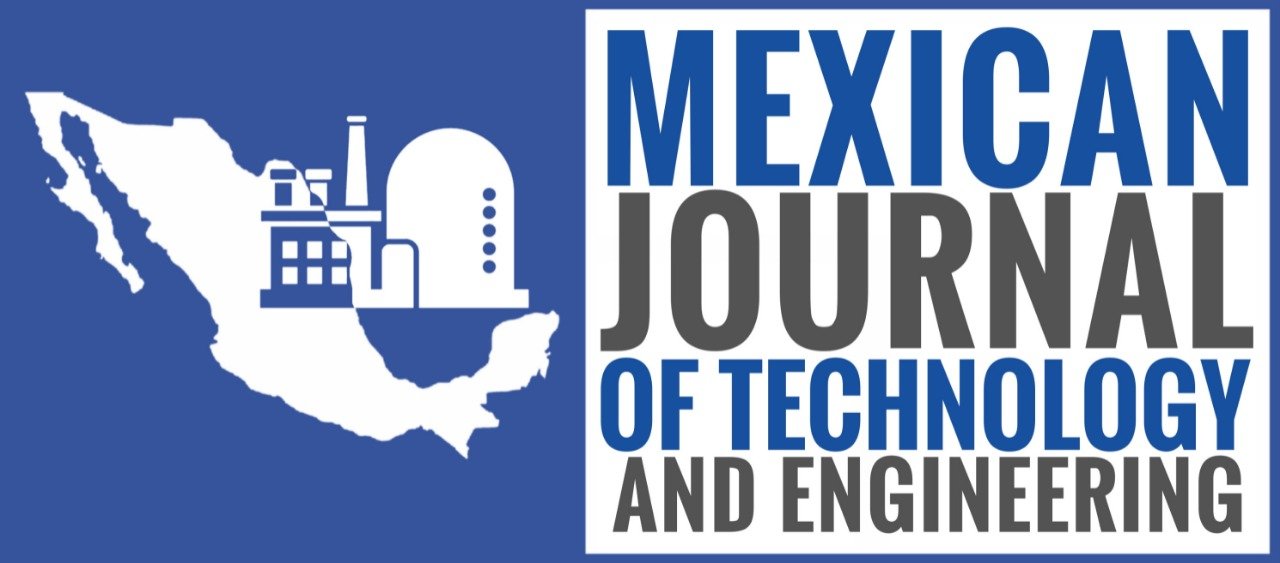Del campo al empaque: el camote morado (Ipomea batatas (L.) LAM.) puede revolucionar los bioplásticos en la creación de películas indicadoras
From field to packaging: purple sweet potato (Ipomea batatas (L.) LAM.) as game changer in bioplastic-based indicator
Autor(es): Lizeth Cruz-Martínez, Rosa Linda Zapata-Luna, Héctor Martín-López, Iván Emanuel Herrera-Pool, Juan Carlos Cuevas-Bernardino, Ángel Humberto Cabrera-Ramírez y Neith Pacheco
Fuente: Mexican Journal of Technology and Engineering, Vol. 4, No. 2, pp. 15-19
DOI: https://doi.org/10.61767/mjte.004.2.1519
Resumen
El camote morado es un tubérculo rico en antocianinas, compuestos que cuentan con propiedades antioxidantes y una notable sensibilidad a cambios de pH, lo que permite su uso como un indicador visual de frescura para empaques alimenticios (películas). Promover el uso del camote como fuente de compuestos bioactivos en el desarrollo de películas permite no solo sustituir plásticos convencionales, sino también proporciona información visual del estado de conservación del alimento. Con esta innovación se puede reducir el desperdicio de alimentos, aprovechar cultivos nativos para otras aplicaciones y al desarrollo de empaques sostenibles.
Palabras clave: Películas; camote; antocianinas; empaque inteligente; bioempaque.
Abstract
Purple sweet potato is a tuber rich in anthocyanins; pigments with antioxidant properties and a notable sensitivity to pH changes, which enables their use as visual freshness indicators in food packaging (films). Promoting the use of sweet potato as a bioactive source in the development of such films could not only replace conventional plastics but also provide visual cues regarding the preservation state of a food. This innovation has the potential to reduce food waste, diversify applications of native crops, and support the development of sustainable packaging.
Keywords: films; sweet potato; anthocyanins; intelligent packaging; biopackaging.
Referencias
Biyada, S., & Urbonavičius, J. (2025). Could bioplastics mitigate and solve world’s plastic invasion? Journal of Environmental Chemical Engineering, 13(4), 117226. https://doi.org/10.1016/j.jece.2025.117226
Cevallos-Casals, B. A., & Cisneros-Zevallos, L. (2004). Stability of anthocyanin-based aqueous extracts of Andean purple corn and red-fleshed sweet potato compared to synthetic and natural colorants. Food Chemistry, 86(1), 69–77. https://doi.org/10.1016/j.foodchem.2003.08.011
Hernández, H., Pacheco, N., Garruña, R., Cuevas-Bernardino, J. C., Pierre, J. F., Martínez-Castillo, J., & Andueza-Noh, R. H. (2024). Physicochemical and nutritional traits of sweet potato (Ipomoea batatas (L.) Lam) landraces grown in traditional farming systems. Chilean Journal of Agricultural Research, 84(6), 757–768. https://doi.org/10.4067/S0718-58392024000600757
Chun, H. N., Kim, B., & Shin, H. S. (2014). Evaluation of a freshness indicator for quality of fish products during storage. Food Science and Biotechnology, 23(5), 1719–1725. https://doi.org/10.1007/s10068-014-0235-9
Laila, U., Yuliyanto, P., Hariyadi, S., Juligani, B., Indrianingsih, A. W., Kristanti, D., Ariani, D., Herawati, E. R. N., Iwansyah, A. C., Anwar, M., Ginting, E., Pangestu, A., Andriana, Y., Purwaningsih, H., Indrasari, S. D., Nurmahmudi, N., Hariadi, H., Hoo, A. W., & Wardhani, R. (2025). Incorporation of low-pH purple-fleshed sweet potato (Ipomoea batatas L.) anthocyanin extract into a sucrose matrix: Characterization and application in powdered beverage. Food and Bioproducts Processing, 151, 172–188. https://doi.org/10.1016/j.fbp.2025.03.008
Wan, X., Wang, X., Zhu, T., Shi, G., & Xiao, Q. (2025). Comparative metabolomics analysis of purple sweet potato flesh across different storage periods. Postharvest Biology and Technology, 229. https://doi.org/10.1016/j.postharvbio.2025.113730
